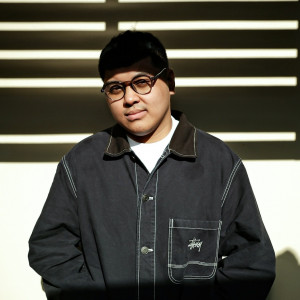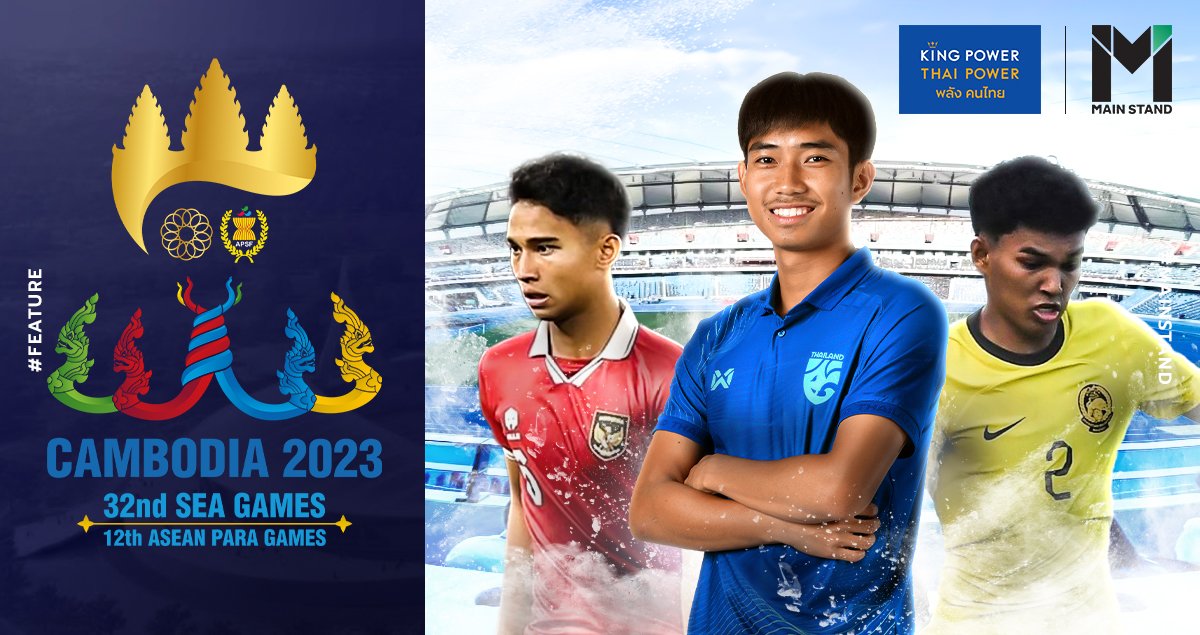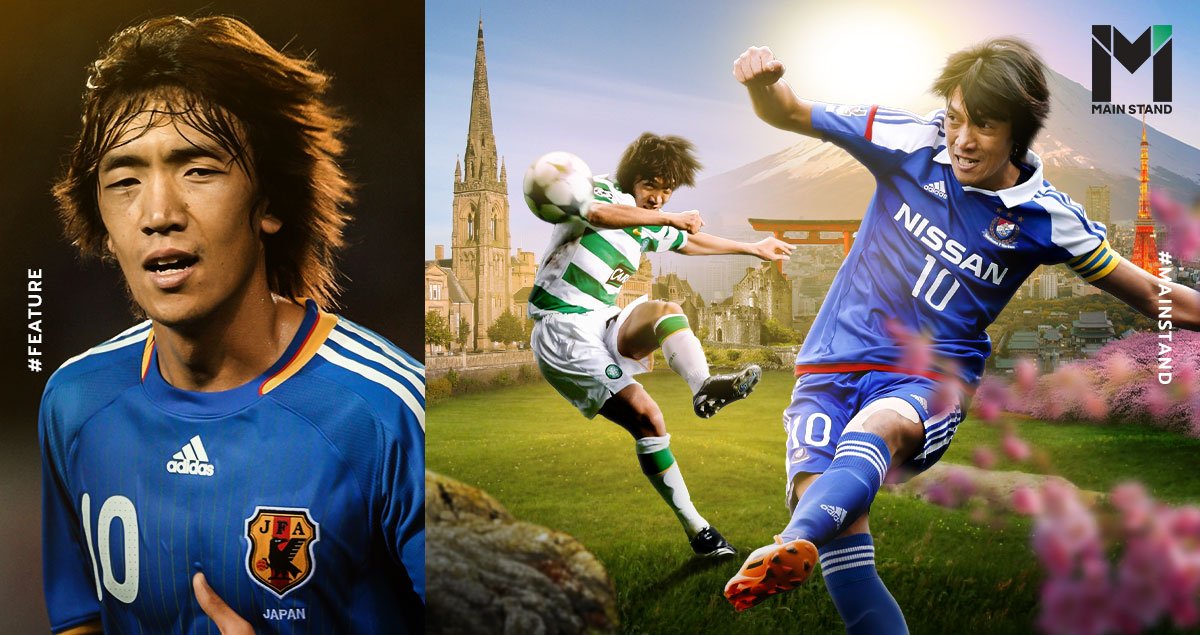
On Tuesday, legendary Asian footballer Shunsuke Nakamura announced his intention to hang his boots after the 2022 J. League two season.
The Japanese legend’s career will be engraved in Asian football folklore, remembered as one of the few Asian footballers to transcend their talents onto the global stage.
The 44-year-old playmaker may have been born, raised, and hailed in Yokohama, but his technical ability is highly renowned, regarded, and revered by footballing fans across the globe.
Why is the first-ever Asian Ballon d’Or nominee so highly regarded across the planet? How did Shunsuke become one of the most talented and iconic Japanese footballers? Find out about Nakamura’s legendary journey here on Main Stand with Agastya Bajaj.
The early days
Nakamura was born and raised in Yokohama, Japan. At the age of four, Shunsuke’s love for the beautiful game ignited, beginning to play football when the opportunity presented itself regularly.
Nakamura has always been considered one of the most talented footballers in his age group. By grade five, he was selected for Yokohama’s city junior eleven, despite being significantly younger than the age threshold. At a tournament with this junior side, his playmaking abilities already garnered immense admiration from scouts.
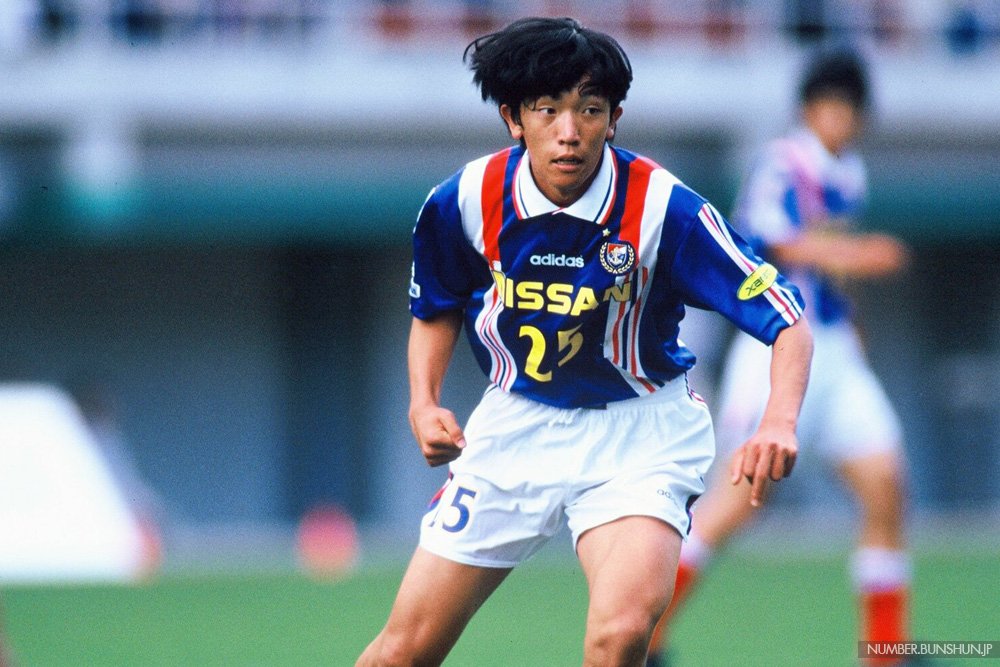
In his early teens, Shunsuke ascended his talents to a professional ilk, joining the Japanese top-flight team Nissan Motors’ (known as Yokohama F. Marinos now) youth setup.
Nissan Motors coaches would laud Nakamura’s commitment, which was distinctively second to none as a youth player.
The Japanese’s unequivocal playmaking and commitment weren’t the only reason he was second to none in his age group, more so because of his unprecedented dead-ball specialist ability.
The Japanese Beckham would purely practice his free kicks for an hour daily after training, mastering, and fine-tuning his dead ball specialist skills finely well. This unique ability captured the attention of scouts, with Shunsuke’s ability, commitment, and talent with the ball ahead of his age barometer.
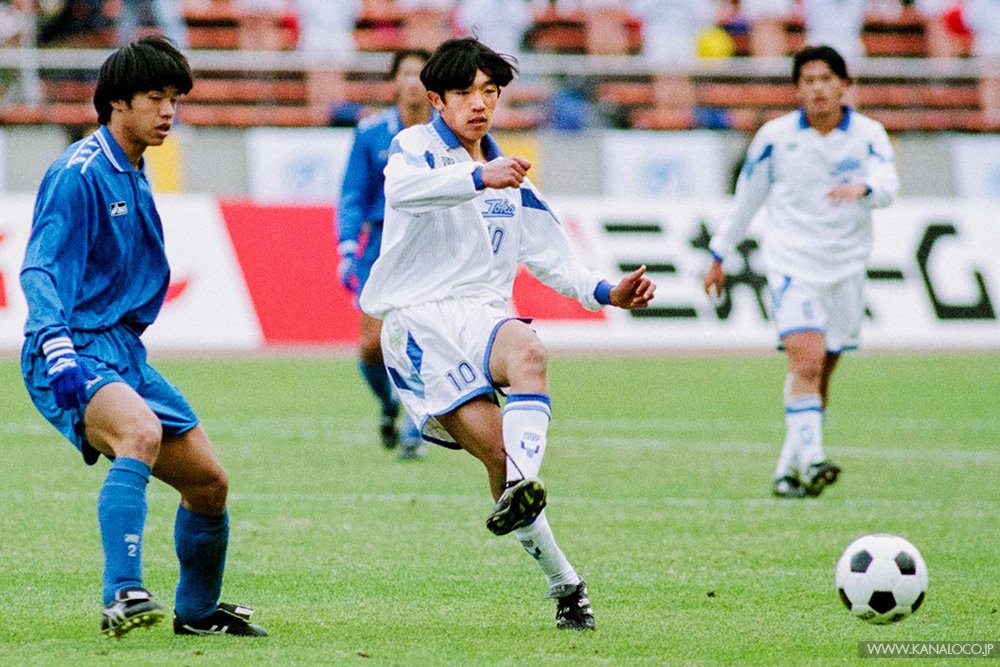
Despite showcasing promising attributes in Motors’ youth setup, the player decided to reenroll in school, at the Toko Gakuen High school, due to his underdeveloped physical capabilities.
The teenager led Toko Gakuen to victory at the national high school football tournament in 1995, cementing that with another incredible campaign in 1996.
After a string of sensational performances with his school, Shunsuke amassed a flurry of interest from both professional clubs and the Japanese youth national team. At a young age, scouts were amazed at the blossoming star’s vision, understanding of the game and ability to create, paving the way for his professional career.
Becoming a hometown hero
In fairytale fashion, the highly touted teenager signed for his hometown club, Yokohama F. Marinos in 1997 after finishing high school.
The soon-to-be superstar initially played for the Tricolore for five seasons, with his performance levels increasing throughout this stint.
After a solid inaugural season, Nakamura’s career caught steam the following campaign thanks to his distinct playmaking abilities. The 23-year-old burst onto the national scene after amassing 10 goals in 37 appearances.
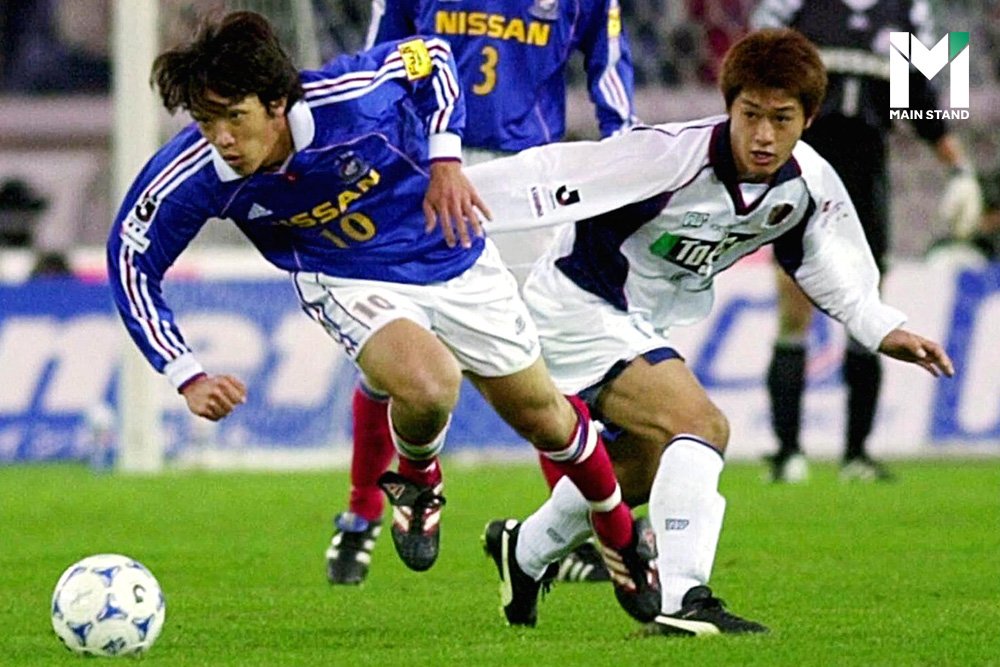
In no time, the Marinos scarlet earned regular call-ups to the national team, playing a pivotal role in the 2000 Asian Cup, with the Samurai Blue hoisting the title.
Meanwhile, he was crowned J. League’s Player of the Year that season. The rising star accumulated five goals and eleven assists, with his unchartered playmaking ability stealing the headlines.
By the end of his first stint at his boyhood club, Shunsuke accumulated 43 goals and 47 assists in 207 games for Marinos, leading them to the J League cup in 2001.
Philippe Troussier, Shunsuke’s national team head coach at the time, hailed the player as one of the most talented Japanese players ever thus far, telling the press:
“It was true that his left foot was sweet, he had a long pass and dribbling ability, soccer intelligence that none of the stars of that time like Nakata or Hiroshi Nanami had.”
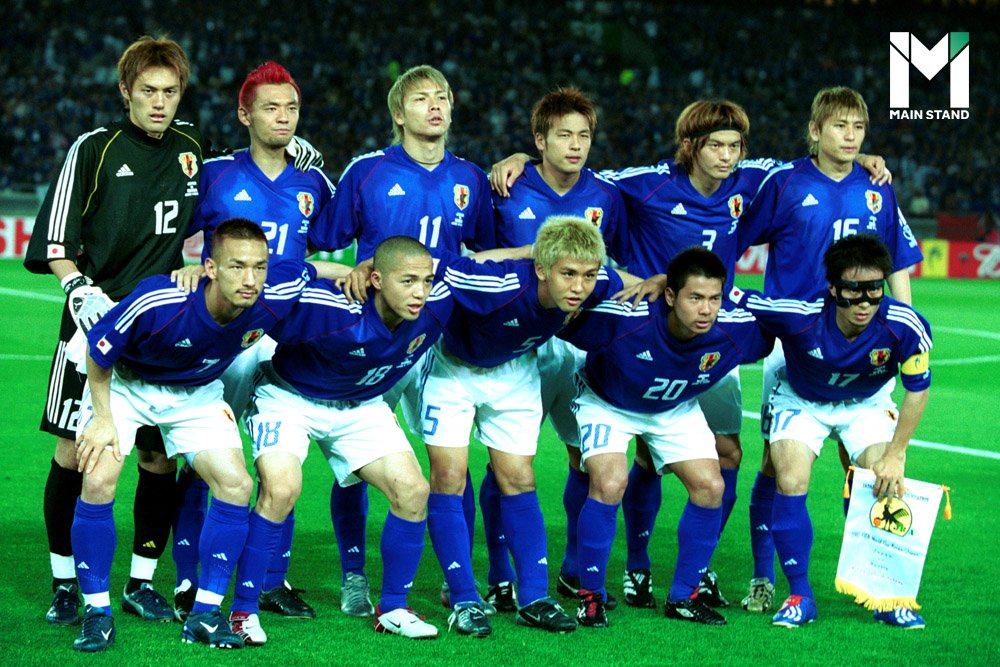
Despite this high praise, Nakamura was unprecedentedly omitted from the 2002 World Cup squad, despite engraving himself as one of the best Japanese footballers after garnering success at a national and club level at a young age.
Troussier’s had reservations about whether Shunsuke could perform in his pragmatic formation. Nakamura’s lingering fitness issues, underdeveloped physicality, and minor defensive capabilities were the ultimate cause of his omission.
Nakamura decided it was only suitable to leave Japan and play in Europe. The superstar felt this would enhance the prospect of international selection and develop his career at the highest caliber.
The Japanese renaissance in Europe
Despite various rumors, Nakamura took his talents to Italy, to club Reggina. The Japanese had arrived in Italy with immense promise and expectation, awarded the number 10 shirt by the newly promoted side.
In his first season, Nakamura didn’t disappoint either. He was the team’s leading goal scorer with seven goals, wracking up five assists, a promising start to his European career. He also played a crucial part in keeping the Italian side in the top division, beating Atalanta in a relegation playoff.
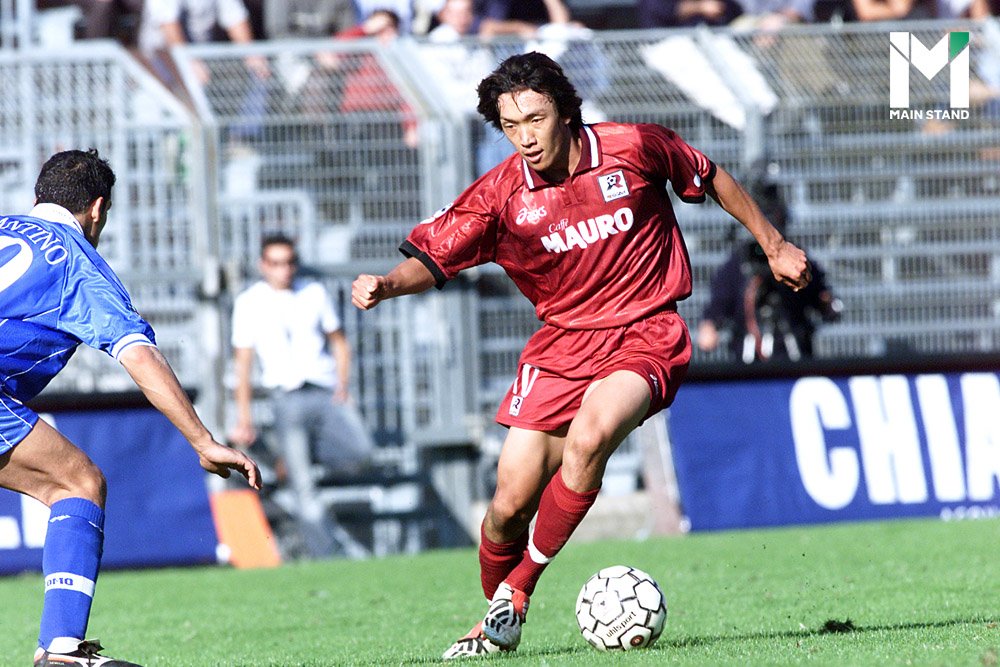
The physical improvement and reliability demonstrated at Reggina wouldn’t go unnoticed, especially with the new Japan boss, former legendary Brazilian player Zico.
Zico, one of the most intelligent players the game has ever seen, is regarded as one of the most talented playmakers, set-piece takers, and attacking players the game has ever seen. With these glaring similarities to Shunsuke, the Japanese was immediately recalled to the squad, with Zico hailing him “the soul of our midfield.”
Nakamura’s physical improvement was also immensely lauded by the Brazilian, playing an intrinsic role for the Nadeshiko throughout the years.
Zico’s faith in the Japanese playmaker paid dividends immediately. Japan defended their Asian Cup title in 2004, courtesy of Nakamura’s stellar performances as the nation’s primary playmaker in Zico’s attacking system. The resembling duo of Nakamura and Zico led the nation to the World Cup in 2006, cementing Japan’s status as one of Asia’s elite.
Unfortunately for the Japanese superstar, his story took a slight bump, suffering many injuries at the club level throughout the next two years. Nakamura suffering these injuries in an unstable environment, seeing a host of different managers take over, led to his role never being cemented in the starting eleven despite pivotal game-winning performances for the Italians.
The injury coupled with the club’s unstable environment led the Japanese to look for new challenges elsewhere, leaving Reggina a few seasons later and joining Scottish powerhouses Celtic
The rise of a legend
At the home of former European champions is the place Nakamura ascended to legendary status. The Japanese playmaker joined Celtic after his stellar performances with the national team.
Nakamura led the Scottish giants to the Scottish Premier League and Scottish cup titles in his first season at the club.

The Japanese superstar immediately became a fan favorite, single-handedly sparking a turn in the club’s misfortunes into trophies, amassing six goals and ten assists in a sensational start to his Scottish League career.
Nakamura immediately picked up where he left off in season two with the Bhoys. The Japanese superstar produced countless moments of magic, not just from his dead ball specialist ability, but also his unrivaled vision to create goal-scoring opportunities.
In what may go down as the Japanese’s most iconic moment of his career, Nakamura scored an absolute rocket of a free kick against Manchester United in November 2006, sending Celtic to the knockout stage of the Champions League.
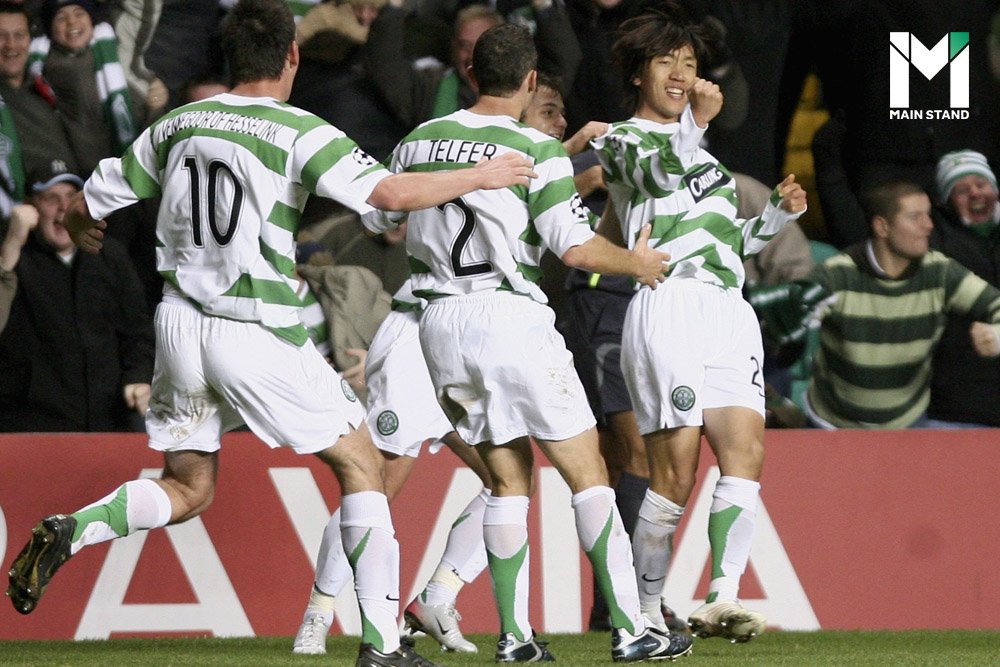
Throughout that season, Shunsuke played a pivotal role in Celtic’s success, elevating his game in the biggest matches. Whether in the Champions League or key league matches, Nakamura’s playmaking prowess and influence were typically unrivaled on the pitch.
This led to Nakamura receiving the highest praise from his manager, Gordon Strachan, who shared, “On pure ability, Nakamura is the best footballer I have ever worked with.”
Fittingly, on April 22, 2007, Nakamura scored a majestic 22-yard free kick in injury time to beat Kilmarnock, securing the club’s second-successive league title. Strachan continued to pour worthy praise on Nakamura, hailing him as “a genius” after yet another moment of marvel.
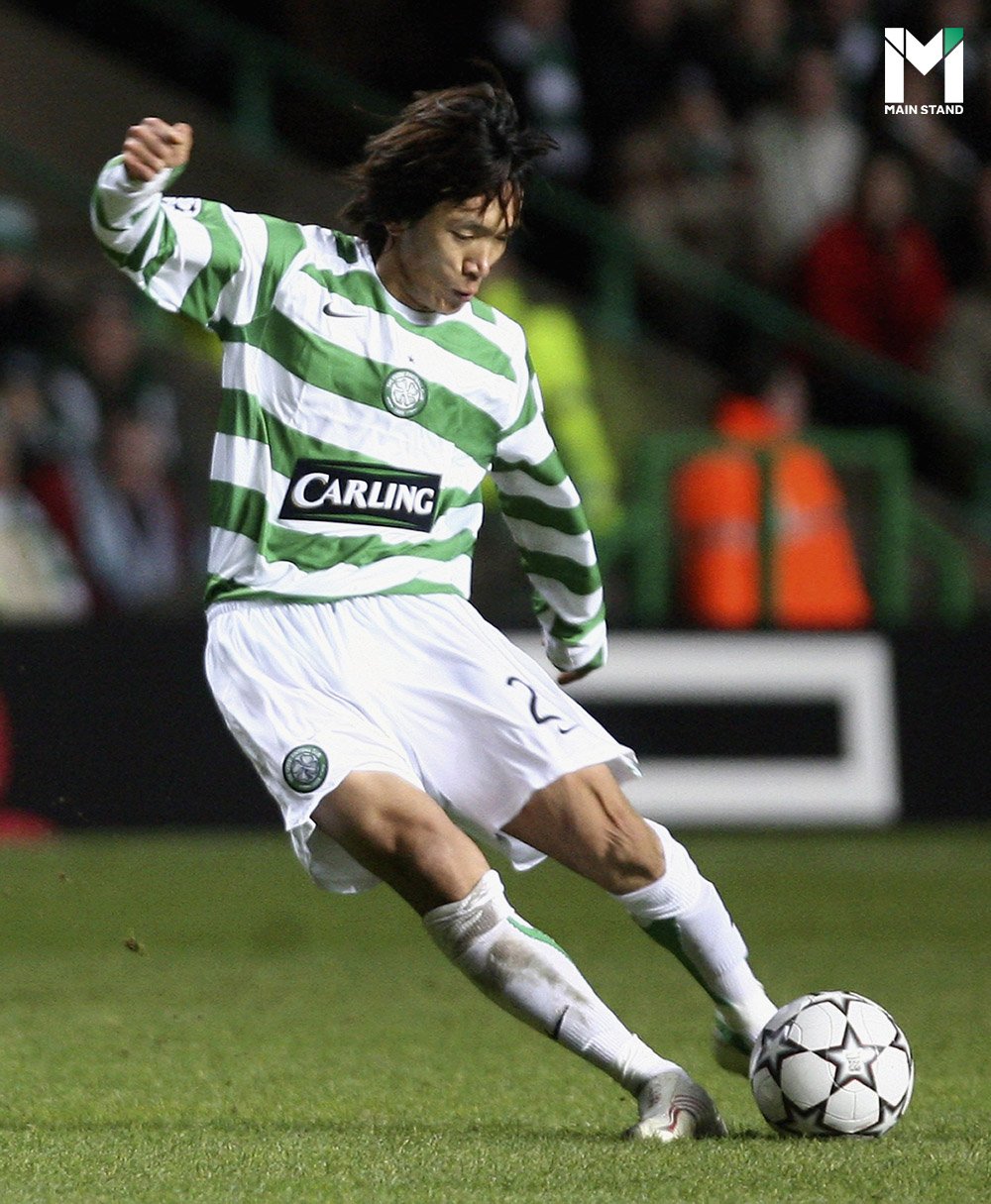
Shunsuke finished a mesmerizing second season with the rejuvenated Scottish side by becoming one of a few players to hoist up the Scottish Player of the Year award and The Players’ Player of the Year Award.
The Japanese heroically led the Scottish side to a second consecutive league and cup double, accumulating a staggering 11 goals and 12 assists across all competitions.
Nakamura’s third season was riddled with a relentless spree of injuries. The Japanese missed the bulk of the first half of the season due to damage to his knee ligament. Celtic goalkeeper Arthur Boruc labeled Nakamura as a “big miss”, with the Scottish side descending to second place during his absence.
Nonetheless, when Nakamura returned from injury, he still played a pivotal role in the club’s eventual league triumph.

In fairytale Naka fashion, Shunsuke marked his return by scoring a thirty-yard belter in the firm, sealing a 2-1 victory against Rangers in a crucial title decider. This was the moment that engraved Nakamura as a Celtic legend, scoring one of the greatest goals in Scottish history to beat their arch rivals.
The Celtic Wiki described Nakamura’s performance with immense praise:
“Naka was inspirational that night as Celtic grabbed a vital 2-1 victory to put them back in contention in the championship race and sent shivers down the spineless backs of Rangers. Ranked by many as the best goal under Gordon Strachan’s regime, and that’s saying something taking in some of the class of Naka’s goals.”
Celtic eventually pipped rivals Rangers by a minuscule point, claiming their third consecutive title. Strachan used the phrase, “Good players can play well, great players can play well when needed,” a quote that he associated with Nakamura.

In his fourth and final season with the club, Nakamura had already cemented himself as a household name in Scotland, amassing a host of interest from fans across the planet.
As such, clubs such as Liverpool were highly interested in his services throughout his stint at Celtic, with the Japanese remaining at the club due to his admiration for the place, club, and city.
Unfortunately, his fourth season didn’t conclude in an unprecedented fourth consecutive title, but Nakamura still excelled to his incredible ilk. The Japanese managed to garner eight goals and eleven assists in thirty appearances, with the Scottish side falling short by four points to Rangers. It wasn’t all gloomy for the Scottish side though, with Celtic clinching another Scottish Cup triumph, adding to Nakamura’s list of growing honors.
The homecoming
After leaving Celtic in 2009, the Japanese joined the Spanish club Espanyol. With language and physical barriers, the aging Japanese didn’t acclimate to Spain as expected, rejoining his childhood club.
This led to Shunsuke producing a fairytale homecoming to his boyhood club Yokohama F. Marinos in the following season. Across his second stint at Yokohama, lasting six years, the Japanese accumulated 57 goal contributions.

From an individual standpoint, the Japanese icon flourished, especially as a dead ball specialist and breaking the J. League record for most free-kick goals.
Captain Nakamura led Yokohama to the Japanese FA cup title in 2013, featuring in most of their games and leading his fairytale side to success.
However, Nakamura didn’t get to hoist up the title with Yokohama, coming agonizingly close to a league and cup double in 2013 but succumbing on the season's final day. Yokohama missed the title by a mere point, with Shunsuke picking up an injury with less than a month to go that season. Yokohama would lose three of their final four games, the title slipping away. Nakamura was still awarded the J. League Player of the Year for his immeasurable efforts in the attack.
His final few years with the club were riddled with injury, still managed to contribute occasionally but his output levels were waning. He departed the club after a dispute over his contract and the club’s project with minority stake owners City Football Group in 2016.
Nakamura played for Japanese clubs Jubilo Iwata and Yokohama FC in the preceding seasons. The genius still produced iconic moments, but on a more scarce basis.
His unrivaled legacy in Asia
Regardless of how his career ended with his boyhood club, Nakamura is hailed as one of the greatest Asian players who transcended this continent. Nakamura’s attributes, vision, work ethic, and technical ability are seemingly generational compared to those in this continent.
Nakamura has been a source of inspiration for countless people, not just aspiring Japanese footballers but those across the globe too. He is still vastly revered by Japanese, Celtic, and Yokohama supporters, considered one of their most regarded and talented players, respectively.

Nakamura also paved the way for Asians in Europe, bringing a positive name for this continent to the highest stage. New Celtic boss Ange Postecogolu signed four Japanese players ahead of Celtic’s Scottish Premier League triumph last season to emulate Nakamura’s glory days.
Shunsuke will be adored, loved, and revered across the planet. His distinctive ability to carve out magic from set pieces made him one of the greatest dead ball specialists the game has ever seen. As Japanese fans say salute to Nakamura, the planet warms him with our appreciation as another legend bows as an icon.
Sources:
https://www.thecelticwiki.com/media/celtic-books/books-manager-and-player-biogs/books-the-zen-of-naka-the-journey-of-a-japanese-genius-2008/
https://www.reuters.com/article/uk-soccer-europe-scotland-nakamura-idUKL2271317020070422
https://fbref.com/en/players/72987abc/all_comps/Shunsuke-Nakamura-Stats---All-Competitions
https://www.japantimes.co.jp/sports/2022/10/18/soccer/j-league/shunsuke-nakamura-retires/
http://news.bbc.co.uk/sport2/hi/football/scot_prem/6574335.stm



